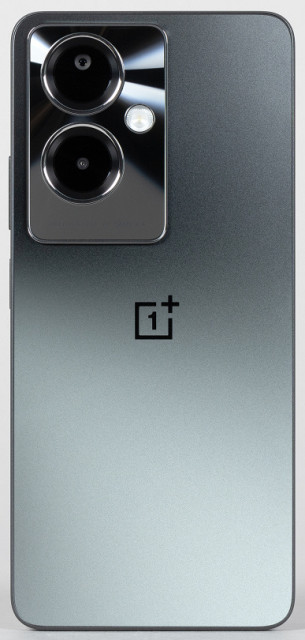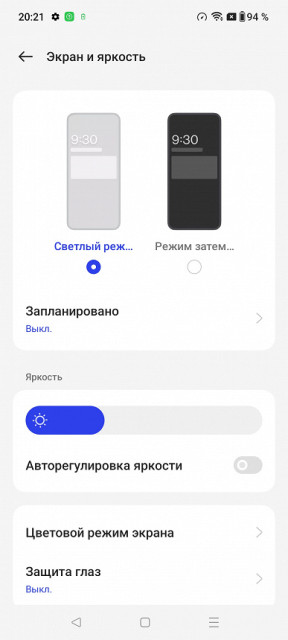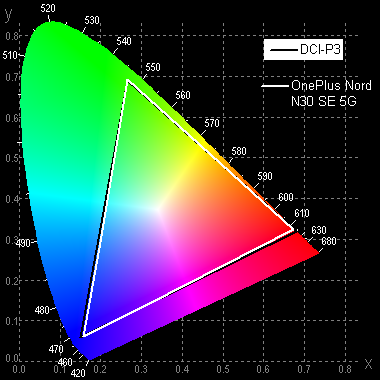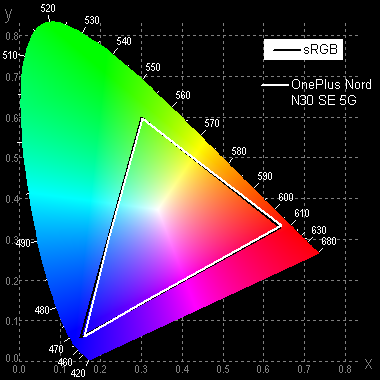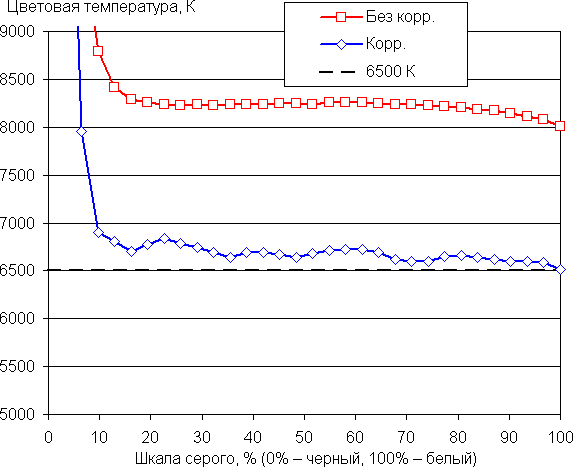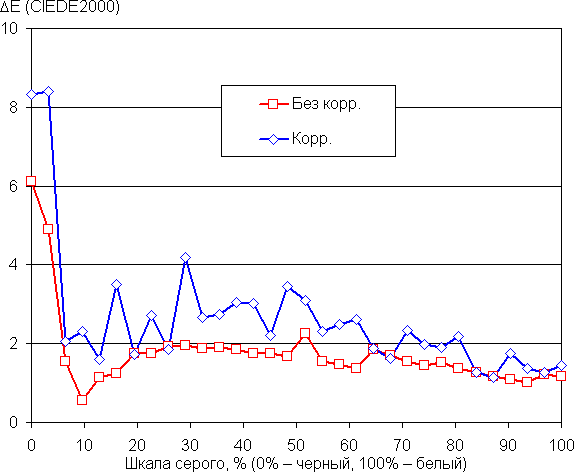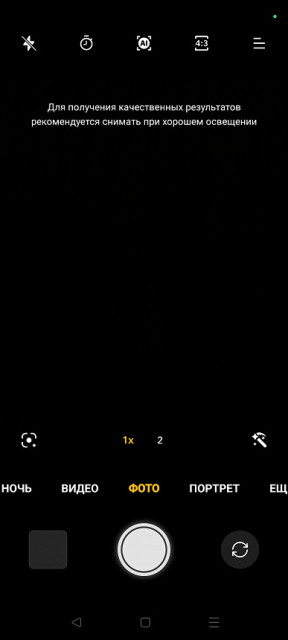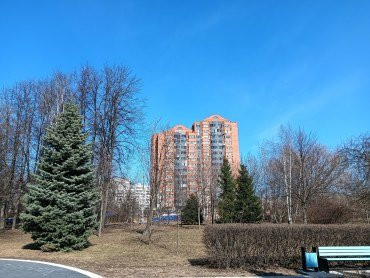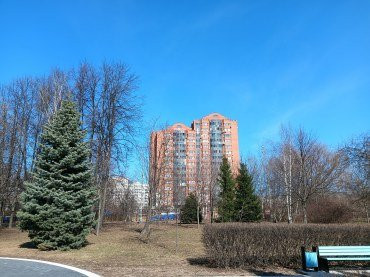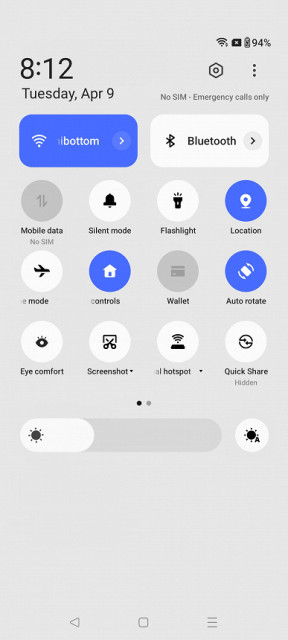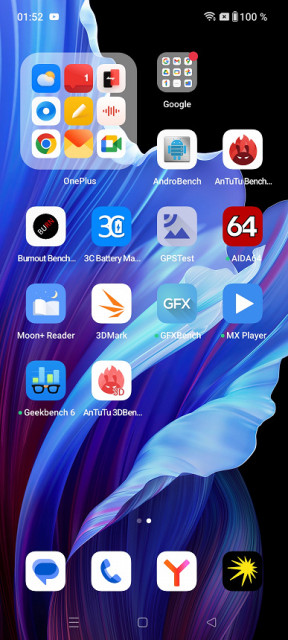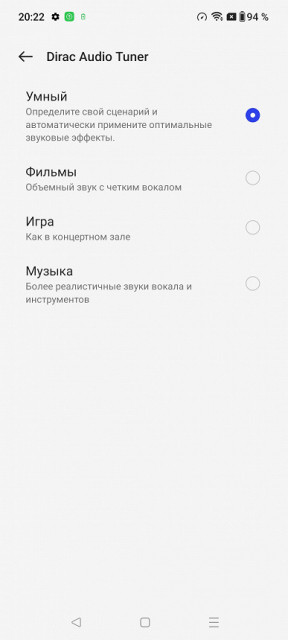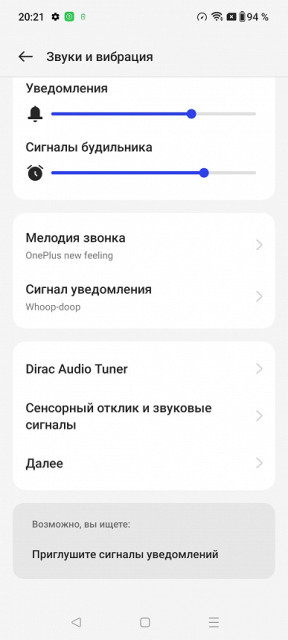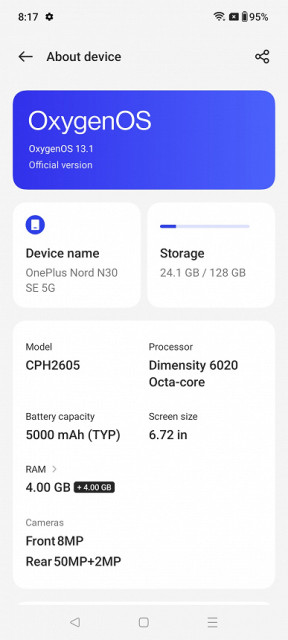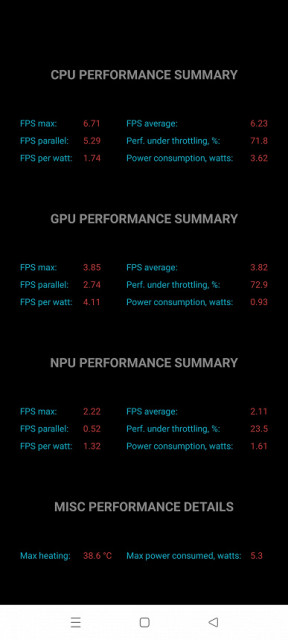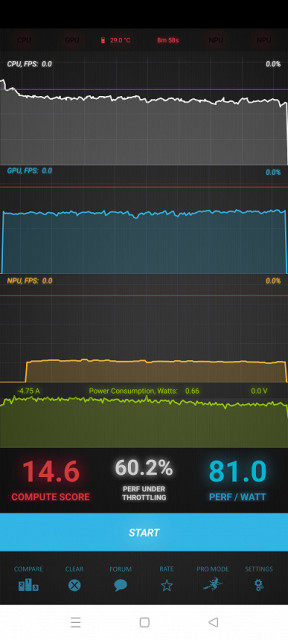OnePlus Nord N30 SE is the most affordable model in the Nord series of inexpensive smartphones from the famous brand. If OnePlus makes great flagship and sub-flagship devices full of features and capabilities, then what does it offer in the more budget segment?
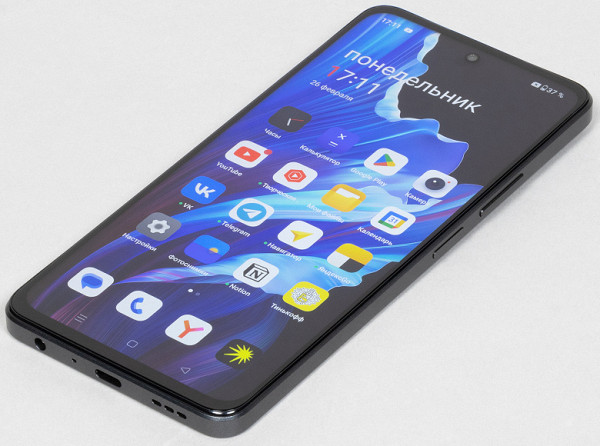
Key Features of OnePlus Nord N30 SE (Model CPH2605)
- SoC Mediatek Dimensity 6020, 8 processor cores (2×Cortex-A76 @2.2 GHz + 6×Cortex-A55 @2.0 GHz)
- GPU Mali-G57 MC2
- Operating system Android 13, OxygenOS 13.1
- Touch display IPS, 6.72″, 1080×2400, 392 ppi, 90 Hz
- RAM 4 GB, internal memory 128 GB
- microSD support (combined slot)
- Nano-SIM support (2 pcs.)
- Networks 2G GSM, 3G WCDMA, 4G LTE, 5G
- GPS, Glonass, Galileo, BDS
- Wi-Fi 5 (2.4/5 GHz)
- Bluetooth 5.3, A2DP, LE
- NFC
- USB 2.0 Type-C, USB OTG
- 3.5mm headphone audio output
- Cameras 50 MP + 2 MP, video 1080p@30 fps
- Front camera 8 MP
- Proximity and lighting sensors, magnetic field, accelerometer, gyroscope
- Fingerprint scanner (side-mounted)
- Battery 5000 mAh, charging 33 W
- Dimensions 166×76×8 mm
- Weight 193 g
Appearance and ease of use
OnePlus Nord N30 SE is packaged in a large cardboard box. The smartphone comes with only a branded red cable and a protective case. But the manufacturer did not include a charger in the kit, which may seem like a trick, considering that this is not a flagship device, but a budget device of the most modest level. This approach looks unusual.

The design of the OnePlus Nord N30 SE meets modern requirements: all panels and side edges are flat, without excessive narrowing, with clear transitions between them. The device has a rectangular shape without unnecessary bends and lies firmly in the hand thanks to the wide side edges.
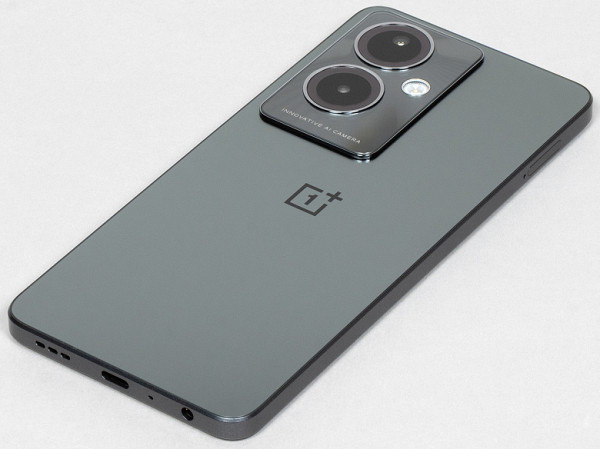
All surfaces are matte, the device does not slip in your hands and is not covered with fingerprints. The case is made of plastic, both the back panel and the side frame are made of it.
The included case is flexible and translucent; it slightly “tints” the body.
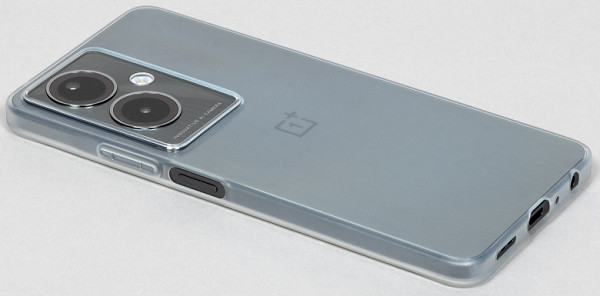
The cameras protrude slightly from the rear surface of the case, raising the smartphone above the table. Because of them, the device lies unstable on a hard surface and sways when working with the screen.

The side keys are located on the right. The buttons are wide, located directly under the finger and are easy to touch, convenient for control and operation.

The fingerprint scanner is conveniently built into the flat area of the power and lock keys. It works flawlessly, quickly and accurately.
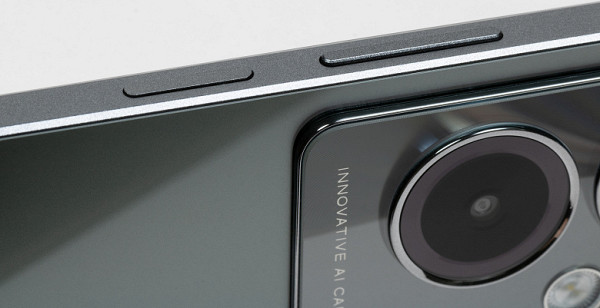
The front camera is single and installed behind a round cutout in the screen matrix at the top center.
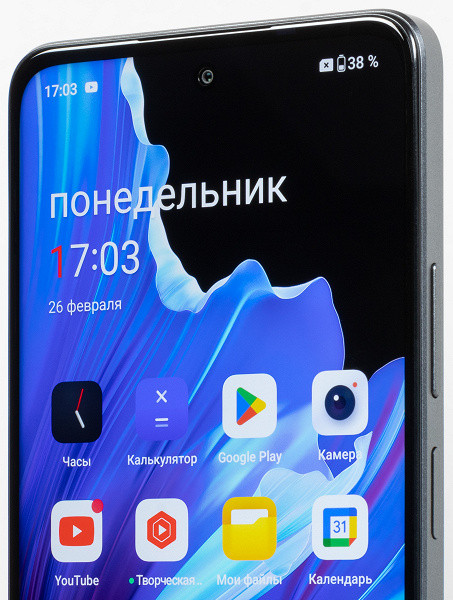
The card tray is combined: you can either put two Nano-SIM cards in it, or replace one of them with a microSD memory card.

At the bottom end there is a speaker, a conversational microphone, a USB Type-C connector, as well as a 3.5 mm audio output for the minijack of wired headphones.

At the top end there is only a hole for an additional microphone.

The model is presented in green and black body colors. The case received protection against dust and water splashes according to the IP54 standard.

Screen
The OnePlus Nord N30 SE smartphone features a 6.72-inch IPS display with a resolution of 1080 x 2400 pixels (20:9 aspect ratio), protected by flat glass. The pixel density is 392 ppi. The screen supports a refresh rate of 90 Hz, and multi-touch functions with support for up to 10 points of simultaneous pressing.
The OnePlus Nord N30 SE screen has a glass plate that is not prone to scratches and has a mirror-smooth surface. The screen's anti-glare properties are slightly superior to those of the Nexus 7, and the presence of an oleophobic coating makes it more resistant to fingerprints. The maximum screen brightness reaches 650 cd/m² in bright light with automatic adjustment, and the minimum brightness is 2 cd/m², ensuring comfortable use in dark conditions. The auto-brightness function adequately responds to changes in illumination, allowing you to adjust the brightness to the user's individual preferences. The IPS matrix used ensures stable image display without screen flickering.
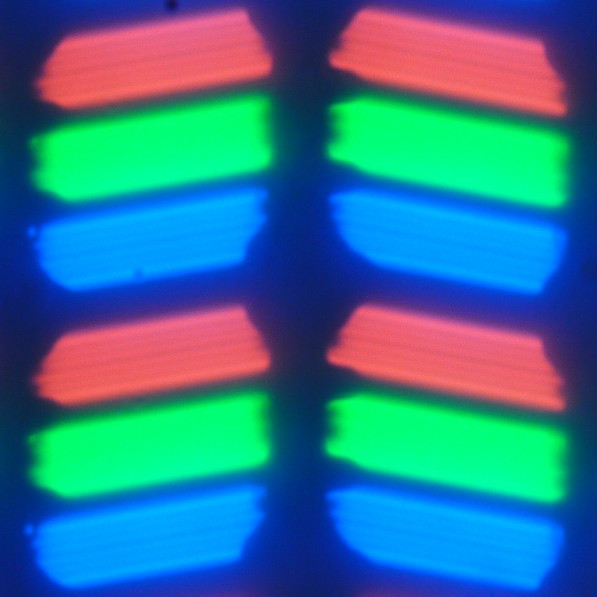
To compare the brightness and color balance of the smartphone and Nexus 7 screens, photographs were taken showing the same images at an approximate screen brightness of 200 cd/m² and a color balance of 6500 K.
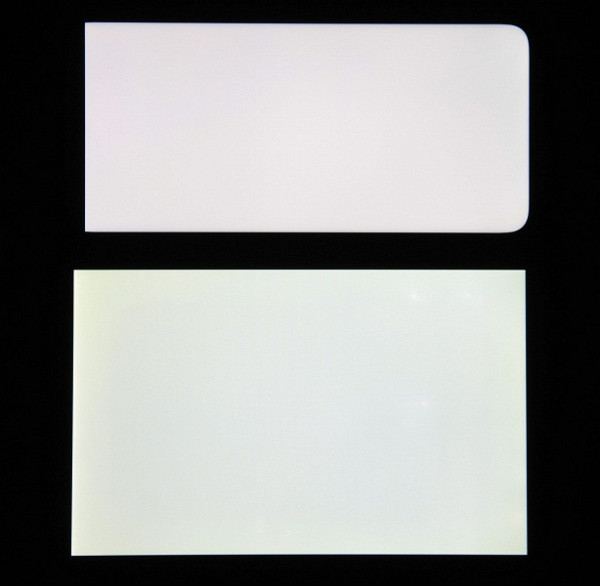
Note the good uniformity of brightness and color tone of the white field.
And a test picture (Natural profile):

Color reproduction is of a high standard, with colors quite saturated, but there are slight differences in color balance between screens. It is important to remember that a photograph is not a completely accurate indicator of color quality and is presented here for illustrative purposes only. This is due to the fact that the spectral sensitivity of the camera matrix may not exactly match human vision.
The image shown was obtained when the «Natural» profile was activated in the screen settings. The total number of profiles is two.

The Vivid Colors profile features increased color saturation:

The smartphone screen has excellent viewing angles, which means that colors remain stable even at large deviation angles from the perpendicular to the screen, and there is no inversion of shades. However, when viewed at an angle, the black field becomes lighter and takes on a slight purple tint.
When viewed directly, the uniformity of the black field is average (for clarity, the brightness of the backlight on the smartphone is increased).

The contrast is approximately 1300:1, which is considered high. The response time when changing from black to white and back is 16 ms (8 ms on and 8 ms off). The transition between 25% and 75% grays takes a total of 29 ms. A gamma curve based on 32 points with equal intervals between shades of gray showed no significant deviations from the standard power law. The exponent of the approximating power function is 2.21, which is close to the standard value of 2.2.
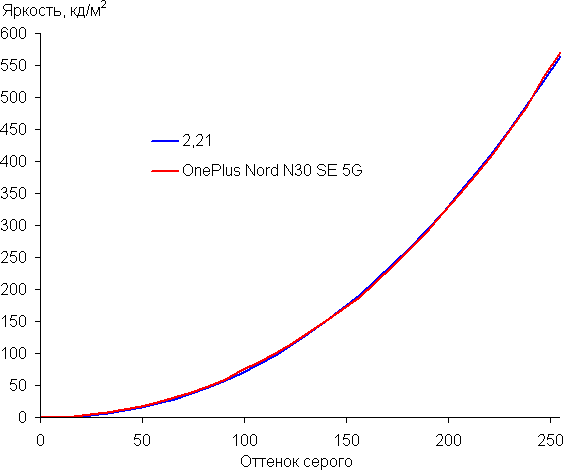
The OnePlus Nord N30 SE dynamically adjusts the backlight brightness to match the nature of the output image: in dark medium-sized images, the backlight brightness is slightly reduced. This can result in the brightness versus hue curve (gamma curve) not strictly following the gamma curve of a still image. For this reason, some tests, such as contrast and response time, were conducted using special patterns with a constant average brightness, rather than full-screen solid fields.
The color gamut when using the Vivid Colors profile exceeds sRGB and is close to DCI-P3, while when choosing the Natural profile, the gamut is compressed to the sRGB boundaries.
Without correction, the spectra of the components are well separated (but there is some mixing)
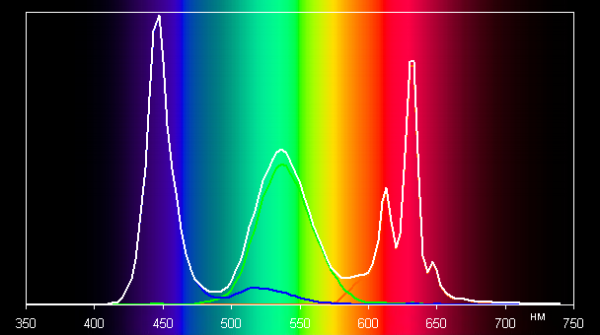
In the case of the Natural profile with maximum correction, the color components are mixed together to a noticeably greater extent:

On wide-gamut screens (uncorrected), regular images optimized for sRGB devices may appear unnaturally saturated. Therefore, as a recommendation, it is better to select the “Natural” profile for viewing movies, photographs and natural images.
The OnePlus Nord N30 SE has the ability to adjust the color balance using the Hue adjustment. However, if the Natural profile with sRGB coverage is selected, attempting to adjust the color balance may cause the changes to be implicitly reset, making the coverage similar to the Vivid Colors profile, which is close to DCI-P3.
The grayscale balance after selecting the Vivid Colors profile and manually adjusting the color balance is acceptable, as the color temperature approaches the standard 6500 K and the deviation from the blackbody spectrum (ΔE) remains below 10, which is considered acceptable for a consumer device. In addition, color temperature and ΔE change slightly from hue to hue, which has a beneficial effect on the visual assessment of color balance.
While there is some benefit to adjusting color balance, from a practical standpoint it's easier to select the Natural profile with sRGB coverage.
The OnePlus Nord N30 SE also has a blue light reduction feature. Although bright light can disrupt the circadian rhythm, this can be corrected by reducing the brightness to a comfortable level without changing the color balance by reducing the contribution of blue.
In the screen settings, you can also enable a mode with an increased refresh rate of up to 90 Hz.

Indeed, at 90 Hz, menu lists scroll noticeably smoother.
It seems that this device does not support DisplayPort Alt Mode for USB Type-C — outputting image and sound to an external device when connected to a USB port.
To summarize: the screen has a high maximum brightness (650 cd/m²) and excellent anti-glare properties, which allows you to use the device outdoors even on bright sunny days. In complete darkness, the brightness can be reduced to a comfortable level (up to 2 cd/m²). Automatic brightness adjustment also works adequately. Among the advantages of the screen, it is worth noting an effective oleophobic coating, no air gap between the layers of the screen, no flicker, support for a high refresh rate mode (90 Hz), high contrast (1300:1) and sRGB color gamut (if you select the appropriate profile). Among the disadvantages are the low stability of black color when the gaze deviates from perpendicular to the screen plane and the dynamic brightness adjustment that cannot be turned off. Considering the importance of these characteristics for this class of devices, the quality of the screen can be assessed as high.
Camera
The OnePlus Nord N30 SE smartphone takes pictures with only one rear camera, and the second eye is an auxiliary 2-megapixel module.
The camera is equipped with a 50 MP sensor (1/2.76″, 0.64 µm) and an f/1.8 lens. There is PDAF phase autofocus, but there is no optical stabilizer. By default, the camera shoots in pixel binning mode (12.5 megapixels). Although it is possible to switch to shooting in full resolution, this does not make sense, since the sensor capabilities are not enough even for normal detail at a reduced resolution. In addition, full-size photographs suffer from distorted color reproduction.
The shooting quality leaves much to be desired and we can say that the camera is not impressive. Detailing is low, the presence of sharpening only worsens the picture, noise is not completely eliminated, colors are pale. There are overexposures, as well as a lack of contrast and volume, which makes the image look flat, although quite bright. Photography is probably one of the weakest aspects of this device.
Some more shooting examples:
The smartphone is capable of recording video with a maximum resolution of 1080p@30 fps. However, the quality of the video leaves much to be desired: the picture turns out loose and faded, without bright colors and volume, and jerks are often observed. The video quality level can be described as basic. Despite this, the sound is recorded with high quality.
The selfie camera is not of high quality: the dynamic range is limited, the detail is low, the image is faded and flat.

Telephone and communications
The OnePlus Nord N30 SE smartphone supports mobile networks up to 5G. In the urban area of the Moscow region, the device demonstrates reliable operation in wireless networks, without losing connection and quickly restoring it after a break.
In addition, the smartphone has a wireless adapter supporting Wi-Fi 5 (802.11a/b/g/n/ac, 2.4/5 GHz) and Bluetooth 5.3, as well as NFC support.
The satellite navigation module works with GPS, Glonass, Galileo and BDS. With a cold start, the first satellites are quickly detected.
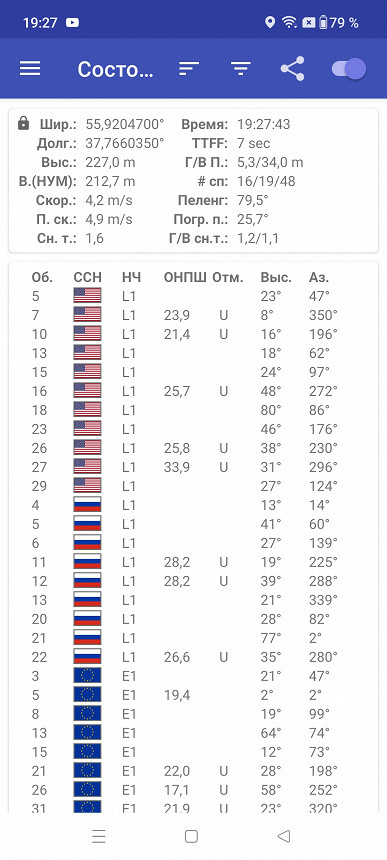
The voice of the interlocutor in the speaker is loud and intelligible. The vibration motor is the most ordinary, average in power. All the necessary built-in sensors, including the gyroscope, are in place.
Software and multimedia
The OnePlus Nord N30 SE smartphone runs on the Android 13 operating system with OxygenOS 13.1 shell. The interface is well optimized, concise and free of intrusive pop-up ads. The number of pre-installed applications is minimal, which contributes to ease of use. The top curtain is not divided into two parts depending on the angle of retraction. Users have access to the official Google store and applications, as well as their own alternative application store.
It's nice that even in this affordable smartphone model, the speakers operate in stereo mode. In addition, the sound is quite clear, high quality and quite loud, impressive both in terms of volume and frequency range. Users have access to ready-made Dirac Audio Tuner presets to choose from. In general, the audio system is one of the strong advantages of this model.
Performance
Powering the hardware, the OnePlus Nord N30 SE uses an octa-core Mediatek Dimensity 6020 processor accompanied by a Mali-G57 GPU. The amount of RAM is 4 GB, and the built-in storage is 128 GB. To expand the memory, there is support for microSD cards, as well as the ability to connect external devices via the USB Type-C port in USB OTG mode.
This platform was introduced on March 13, 2023 and is produced on the 7 nm process technology. Despite its relative novelty, the performance level of this system leaves much to be desired: in the AnTuTu test, the smartphone scores about 300 thousand points. While this performance is sufficient for everyday tasks to keep the system running smoothly, demanding games may be beyond its limits.
Testing in comprehensive tests AnTuTu and GeekBench:
To make it easier to analyze the smartphone testing results, we have compiled tables that include several other devices from different market segments. These devices have also been tested on the latest versions of popular benchmarks. Given the limitations of a single comparison, not all current models are included in our table, since the test results on previous versions of programs may not coincide with the current ones.
| OnePlus Nord N30 SE (Mediatek Dimensity 6020) | Vivo V30 Lite (Qualcomm Snapdragon 685) | Realme 12 Pro+ (Qualcomm Snapdragon 7s Gen2) | Huawei nova 12s (Qualcomm Snapdragon 778G) | Tecno Spark 20 Pro+ (Mediatek Helio G99 Ultimate) | |
|---|---|---|---|---|---|
| AnTuTu (v9.x) (bigger is better) | 308773 | 250879 | 576685 | 546957 | 387428 |
| GeekBench 6 (bigger is better) | 523/1762 | 477/1583 | 894/2801 | 996/2453 | 744/2019 |
Testing the graphics subsystem in GFXBenchmark gaming tests:
| OnePlus Nord N30 SE (Mediatek Dimensity 6020) | Vivo V30 Lite (Qualcomm Snapdragon 685) | Realme 12 Pro+ (Qualcomm Snapdragon 7s Gen2) | Huawei nova 12s (Qualcomm Snapdragon 778G) | Tecno Spark 20 Pro+ (Mediatek Helio G99 Ultimate) | |
|---|---|---|---|---|---|
| GFXBenchmark Aztec Ruins OpenGL (Onscreen, fps) | 16 | eleven | 35 | 34 | 16 |
| GFXBenchmark Aztec Ruins Vulkan (Onscreen, fps) | 13 | eleven | 39 | 38 | 14 |
| GFXBenchmark Car Chase ES 3.1 (1080p Offscreen, fps) | 14 | 9 | thirty | 33 | 15 |
| GFXBenchmark Manhattan ES 3.1 (1080p Offscreen, fps) | 24 | 16 | 54 | 56 | 26 |
| GFXBenchmark T-Rex (1080p Offscreen, fps) | 63 | 45 | 122 | 133 | 64 |
Testing in browser cross-platform tests:
| OnePlus Nord N30 SE (Mediatek Dimensity 6020) | Vivo V30 Lite (Qualcomm Snapdragon 685) | Realme 12 Pro+ (Qualcomm Snapdragon 7s Gen2) | Huawei nova 12s (Qualcomm Snapdragon 778G) | Tecno Spark 20 Pro+ (Mediatek Helio G99 Ultimate) | |
|---|---|---|---|---|---|
| Google Octane 2 (bigger is better) | 19244 | 15705 | 30529 | 24923 | 24024 |
| JetStream (bigger is better) | 64 | 54 | 85 | 67 | 75 |
Heat
We test for performance degradation when heated using the Burnout Benchmark program, which allows you to load the CPU, GPU and NPU:
| Stress on | Heating performance as a percentage of maximum |
|---|---|
| CPU | 72% |
| GPU | 73% |
| NPU | 24% |
Battery life
OnePlus Nord N30 SE is equipped with a standard 5000 mAh battery and has standard battery life.
For testing, standard power consumption levels were used, without using power saving features, although such features are present in the device. The screen brightness level was set to the minimum comfortable level (approximately 100 cd/m²). Testing included the following scenarios: continuous reading in the Moon+ Reader application using the standard light theme; continuous viewing of video in HD quality (720p) via your home Wi-Fi network; playing Injustice 2 with automatic graphics settings.
| Battery capacity | Reading mode | Video mode | 3D Game Mode | |
|---|---|---|---|---|
| OnePlus Nord N30 SE | 5000 mAh | 23:00 | 16:00 | 8:00 am |
| Vivo V30 Lite | 5000 mAh | 23:00 | 21:00 | 7:30 am |
| Honor X7b | 6000 mAh | 27:00 | 23:00 | 8:30 a.m. |
| Tecno Spark 20 Pro | 5000 mAh | 17:00 | 14:30 | 7:00 am |
| Tecno Pova 5 Free Fire | 6000 mAh | 22:30 | 16:30 | 7:30 am |
| Poco X5 Pro 5G | 5000 mAh | 18:00 | 20:00 | 7:00 am |
| Realme 10 Pro+ 5G | 5000 mAh | 19:00 | 18:00 | 5:00 a.m. |
| Xiaomi 12T | 5000 mAh | 19:00 | 16:00 | 6:00 am |
All these data represent the maximum possible results obtained under «ideal» conditions, including no SIM cards installed. Any changes to the use case will likely result in worse results.
Unfortunately, the smartphone does not come with a mains charger. However, charging from a third-party charger takes only 1.5 hours. Wireless charging is not supported.
Bottom line
Its price in Europe is low — about 150 euros, which corresponds to the entry-level price segment. The device has a weak hardware platform and modest camera capabilities. The only plus is the good IPS screen. Despite this, the smartphone has an attractive design, excellent loud stereo sound and support for 5G networks. The lack of a charger included is a misunderstanding.

